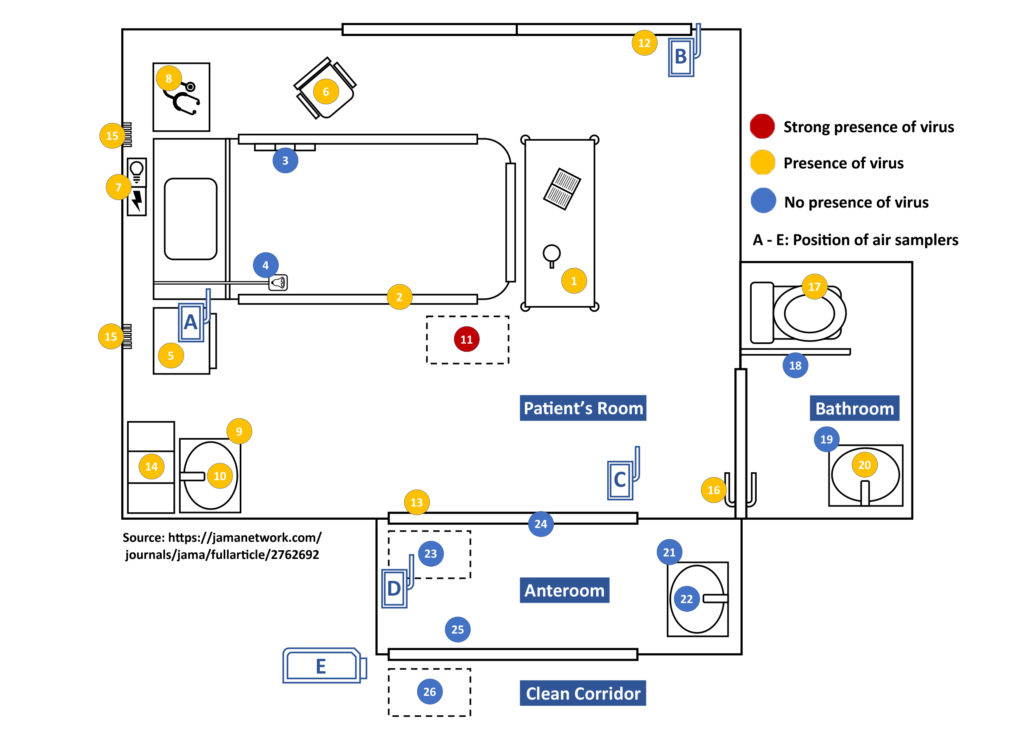Here is our fourth special SDG Dispatch communication regarding the current virus situation.
Treatment and vaccine of the virus is currently being developed and there has been some good news. While we wait for those, here are new findings about the virus that we can learn from recent research.
Q: Who is most at risk of COVID-19?
Various scientific studies has revealed the following risk factors for mortality of COVID-19 patients. Studies were done on groups of patients (older than 18 years old) that were either discharged or had died from the virus.
- Older in age: The odds of dying increased with age. The average age of survivors were 52 years compared to 69 years for those who passed away due to the virus.
- Presence of pre-existing medical conditions: More than half of the patients with COVID-19 were found to have hypertension, diabetes and/or coronary heart disease.
- Males: Men seems to be more prone to be affected. Based on a study, 58% of the patients with COVID-19 were men. And in another study, 1.25% of female patients died, while 4.25% of male patients died.
- Smokers: While there is no strong evidence (ie. research is showing mixed results) of an association between smoking and prevalence/ severity of COVID-19 specifically yet, it is found that when someone’s lungs are exposed to infections, the adverse effect of smoking is much more serious than those who do not smoke. Therefore, if you have not started smoking, don’t start!
Q: Which areas are the most contaminated in a COVID-19 isolation room?

An interesting study done in Singapore explored the level of contamination by the virus in the air, surface environment and Personal Protection Equipment (PPE) in a few of the isolation rooms for patients with COVID-19.
The results found that 13 (87%) of 15 room sites (including air outlet fans) and 3 (60%) of 5 toilet sites (toilet bowl, sink, and door handle) returning results of contamination. Anteroom and corridor samples were not contamination.
While only 1 PPE swab, from the surface of a shoe front, was contaminated. All other PPE swabs were not contaminated.
This highlights the importance of handwashing, as well as underline the importance of disinfection work in dental/medical settings.





